Discover AI Agentic Workflows, the game-changing intelligent automation revolutionizing business processes. Learn how Millennials and Gen Z can leverage AI-driven productivity to excel in sales automation, cybersecurity, and more. Unlock the future of work today!
Introduction
Imagine a world where your workday is streamlined by a smart virtual assistant that doesn’t just schedule meetings but predicts your needs, drafts emails, and makes decisions tailored to your goals. Welcome to AI Agentic Workflows, the cutting-edge intelligent automation transforming how we work. For Millennials and Gen Z, who live and breathe tech innovation, these AI-driven systems are the ultimate tools to supercharge productivity, spark creativity, and redefine the future of work.
Unlike traditional automation, which is stuck in rigid scripts, AI Agentic Workflows use autonomous AI agents powered by machine learning and natural language processing to tackle complex, ever-changing tasks [1]. This blog post explores the technology, real-world applications, and transformative potential of agentic AI, offering actionable insights for young professionals eager to stay ahead in a digital workplace.
Understanding AI Agentic Workflows
What Are AI Agentic Workflows?
AI Agentic Workflows are intelligent systems where autonomous AI agents perform tasks by reasoning, planning, and adapting to real-time data. Unlike traditional automation, they excel at handling unstructured data and dynamic environments, making them ideal for modern business processes like customer service automation or project management [1]. Picture a digital teammate that learns, decides, and acts smarter with every task.
How They Differ from Traditional Automation
Traditional automation, such as Robotic Process Automation (RPA), is great for repetitive, rule-based tasks like data entry. However, it struggles with complexity or change. AI Agentic Workflows, fueled by advanced AI algorithms, process unstructured data, adapt to new scenarios, and make context-aware decisions, offering unmatched flexibility [2]. For instance, while RPA might automate form submissions, an agentic workflow can analyze customer queries, craft personalized responses, and improve over time.
A Relatable Scenario
Think about troubleshooting a tech issue, like a buggy app. A standard chatbot might loop through scripted questions, leaving you frustrated. An AI Agentic Workflow, however, dynamically adjusts its approach, asks relevant questions, runs diagnostics, and even interfaces with systems to fix the problem, all while learning for future cases [1]. It’s like having a tech-savvy Gen Z friend who nails every digital challenge.
Table 1: Traditional Automation vs. AI Agentic Workflows
| Feature | Traditional Automation (RPA) | AI Agentic Workflows |
|---|---|---|
| Decision Making | Rule-based | Autonomous, context-aware |
| Adaptability | Low | High |
| Unstructured Data | Limited | Advanced processing |
| Human Intervention | Frequent | Minimal |
| Learning Capability | None | Continuous improvement |
The Technology Powering AI Agentic Workflows
Core Components
AI Agentic Workflows rely on intelligent agents with capabilities like reasoning, planning, and tool integration. These agents break down complex tasks, adapt based on feedback, and collaborate to achieve goals [3]. By leveraging machine learning and natural language processing, they mimic human-like decision-making at lightning speed, perfect for fast-paced workplaces.
Key Design Patterns
Several patterns make agentic workflows powerful:
- Reflection: Agents review and refine outputs, ensuring continuous improvement [3].
- Tool Use: Agents access APIs, web searches, or databases to gather data or act, expanding their capabilities [3].
- Planning: Agents decompose tasks into steps, creating efficient plans and adjusting dynamically [3].
- Multi-Agent Collaboration: Specialized agents work as a team, like digital experts, to solve complex challenges [3].
Autonomy Levels
Agentic workflows range from basic rule-based systems (Level 1) to fully autonomous agents (Level 5) requiring minimal oversight [3]. Businesses can choose the right level, balancing control and efficiency. For Millennials and Gen Z, these systems automate repetitive tasks, freeing up time for creative innovation.
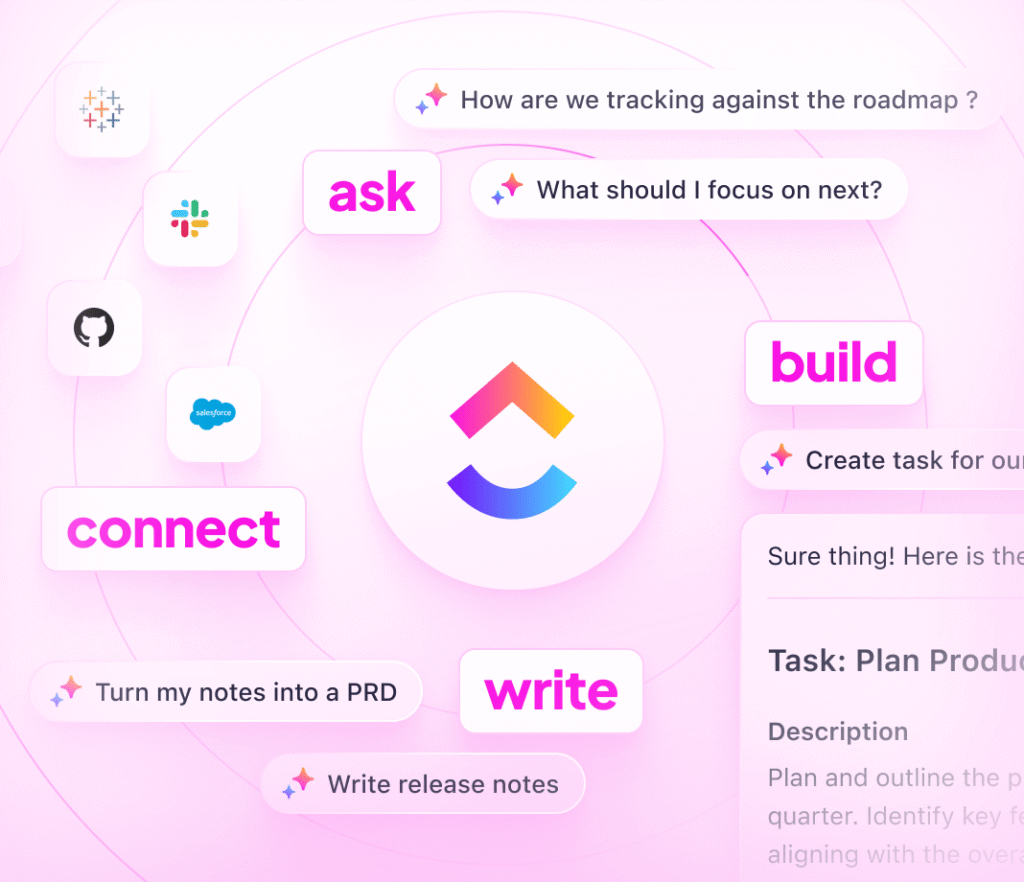
AI Agentic Workflows in Action
Real-World Applications
AI Agentic Workflows are revolutionizing industries, offering solutions that resonate with tech-driven generations:
- Sales Automation: Agents qualify leads, deliver personalized content, and flag deals at risk, letting sales teams focus on high-value prospects [4].
- Cybersecurity: NVIDIA’s Agent Morpheus uses real-time data to detect and counter cyber threats, adapting to new patterns dynamically [4].
- Software Development: Agents generate code, test it, and prioritize bugs, accelerating development cycles. Gartner predicts 90% of enterprise software engineers will use agentic AI by 2028 [4].
- Product Management: Agents analyze user behavior and market trends to shape product roadmaps, ensuring data-driven decisions [4].
Benefits for Businesses and Workers
Adopting agentic workflows delivers game-changing advantages:
- Increased Efficiency: Automates complex tasks, speeding up business processes [3].
- Cost Savings: Reduces human intervention, lowering operational costs [3].
- Continuous Improvement: Agents learn from data, enhancing performance [3].
- Better Decision-Making: Real-time insights drive smarter choices [3].
- 24/7 Operation: Ensures constant productivity, even after hours [3].
For Millennials and Gen Z, these benefits mean less time on grunt work and more opportunities for creative, high-impact projects, aligning with their passion for meaningful careers.
Table 2: Benefits of AI Agentic Workflows
| Benefit | Description |
|---|---|
| Increased Efficiency | Automates complex tasks, boosting business productivity. |
| Cost Savings | Minimizes human effort, reducing operational expenses. |
| Continuous Improvement | Agents learn, improving performance over time. |
| Better Decision-Making | Real-time analytics lead to informed choices. |
| 24/7 Operation | Enables constant workflow automation, anytime. |
Conclusion
AI Agentic Workflows are reshaping the future of work, offering intelligent automation that empowers businesses and young professionals alike. By harnessing autonomous AI agents, organizations can streamline sales automation, strengthen cybersecurity, and accelerate software development, all while driving efficiency and innovation. For Millennials and Gen Z, these workflows are a ticket to a digital workplace where955 where routine tasks are automated, leaving space for creativity and growth. With agentic AI set to power 33% of enterprise software by 2028 [5], now is the time to embrace this tech revolution. Dive into AI Agentic Workflows and lead the charge in the future of work!
References
[1] IBM, “What are agentic workflows?” [Online]. Available: https://www.ibm.com/think/topics/agentic-workflows
[2] UiPath, “What is agentic AI?” [Online]. Available: https://www.uipath.com/ai/agentic-ai
[3] Multimodal.dev, “AI Agentic Workflows: Implementation,” [Online]. Available: https://www.multimodal.dev/post/ai-agentic-workflows
[4] ThoughtSpot, “Agentic AI real-world use cases,” [Online]. Available: https://www.thoughtspot.com/data-trends/ai/agentic-ai-examples
[5] Daffodilsw, “Top 20 agentic AI use cases in the real world,” [Online]. Available: https://insights.daffodilsw.com/blog/top-20-agentic-ai-use-cases-in-the-real-world



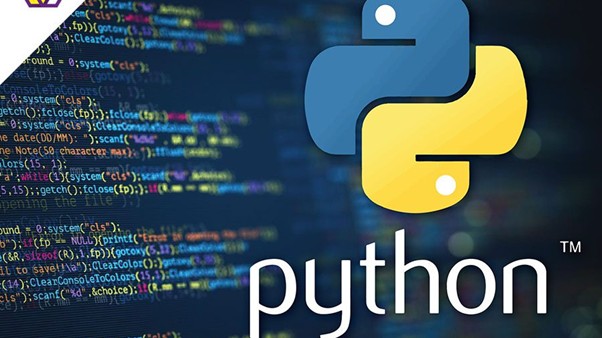

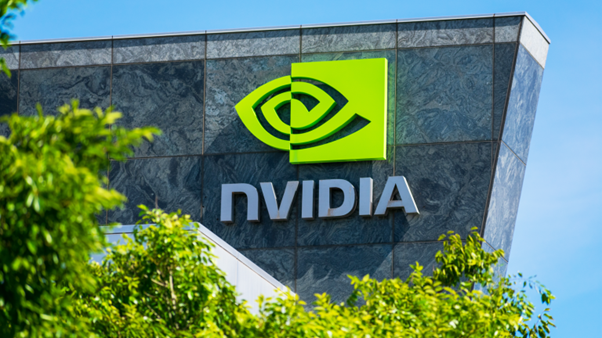
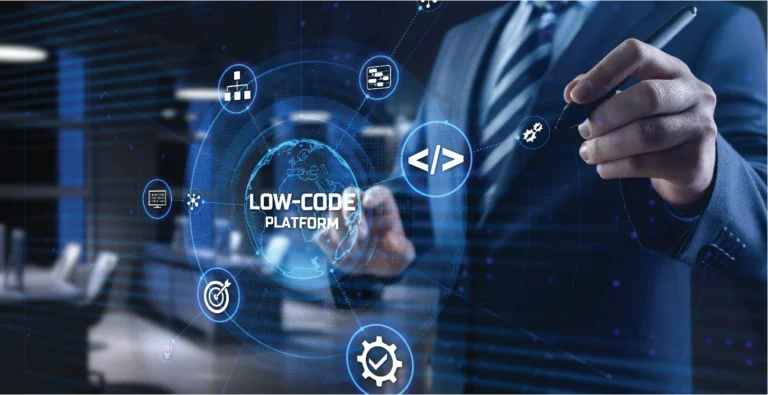
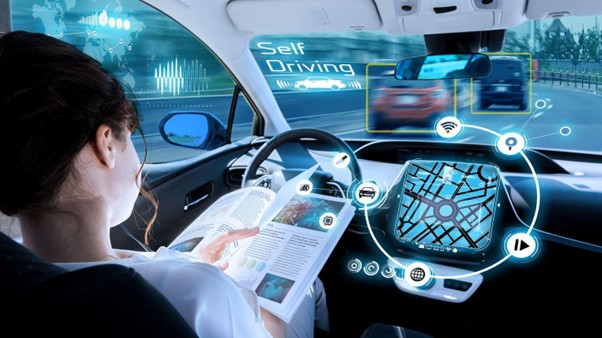
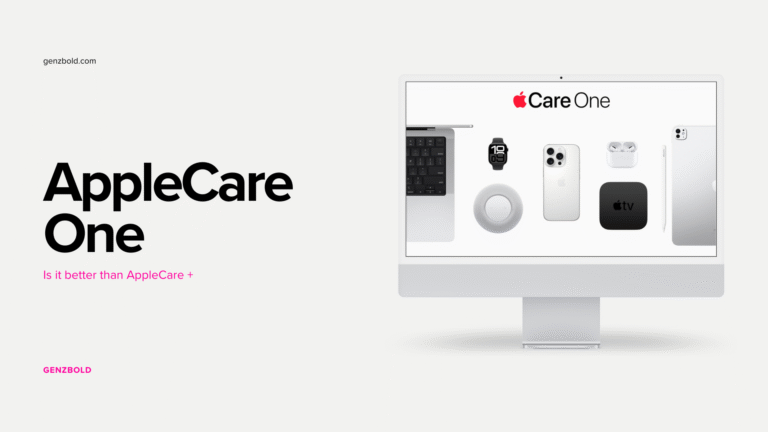

1 Comment
Hello